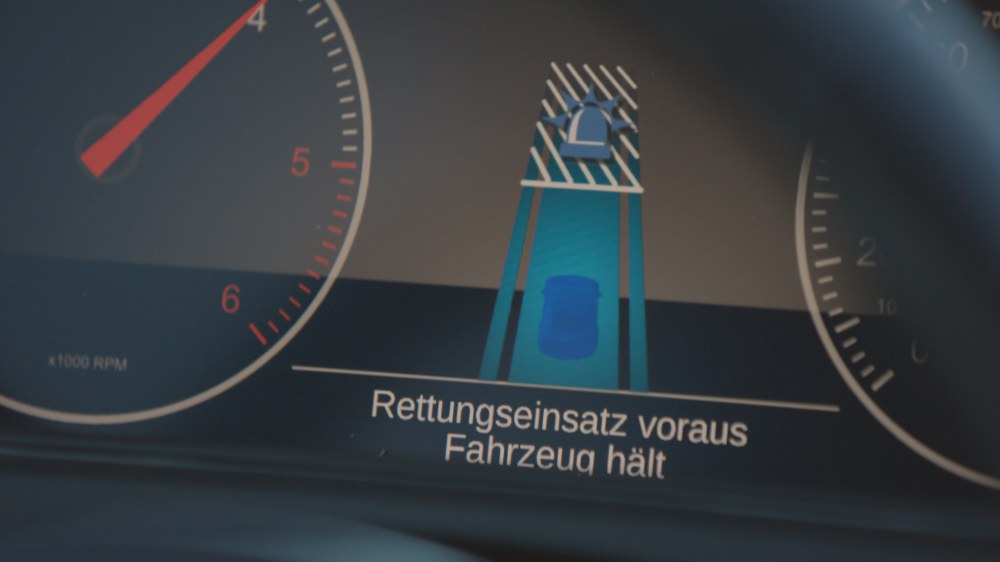Research Cooperative Systems
The department is pioneering new autonomous mobility solutions by researching, designing, and demonstrating connection, automation, cooperation, and coordination for vehicles, system networks, and us humans.
Digitalisation is fundamentally changing our mobility in many areas. In addition to self-driving cars, airborne drones are playing an ever-increasing role in an automated and connected transport system of tomorrow. Possible applications include the transport of vital medical products or the support of rescue operations from the air. The possibility of communication between ground-based traffic and airborne traffic and vice versa is fundamental for the integration of near-ground air traffic in the transport system (road, rail and water): Air2X. Not only can this open up a further dimension in our mobility in the distant future – there are already scenarios in which it could save lives. DLR scientists have demonstrated this with a specific application.
The aim of the Air2X demonstration is to show that helicopter rescue operations on motorways can be carried out more safely and quickly with the help of communication with vehicles. To this end, the researchers have connected a drone - representative of a helicopter – directly with a network of vehicles (i.e. without integration of infrastructure). In this way, the drone (or helicopter) can automatically transmit its planned landing site to inform vehicles that have an appropriate communication interface. A digital barrier prevents these vehicles from entering the desired landing site. This also creates a physical barrier for all following vehicles in their lane.
A prototype scenario was conducted on the test site. Implementation in a helicopter is being prepared together with ADAC air rescue services.

Air2X – Communication between helicopters and vehicles can save lives
Your consent to the storage of data ('cookies') is required for the playback of this video on Youtube.com. You can view and change your current data storage settings at any time under privacy.
With this unique communication technology, air rescue operations become less dependent on ground rescue services on site. The time to respond can also be significantly reduced while ensuring the safety of the helicopter and third parties.

The demonstration was carried out by the DLR Institutes of Transportation Systems, Flight Guidance and Flight Systems as part of DLR's internal joint project Transport 5.0. They were supported by ADAC and the semiconductor manufacturer NXP.
With this, the Institutes are publishing a major project result showing the integration of near-ground air traffic with road traffic. This is then to be extended to other transport modes such as rail and road.

